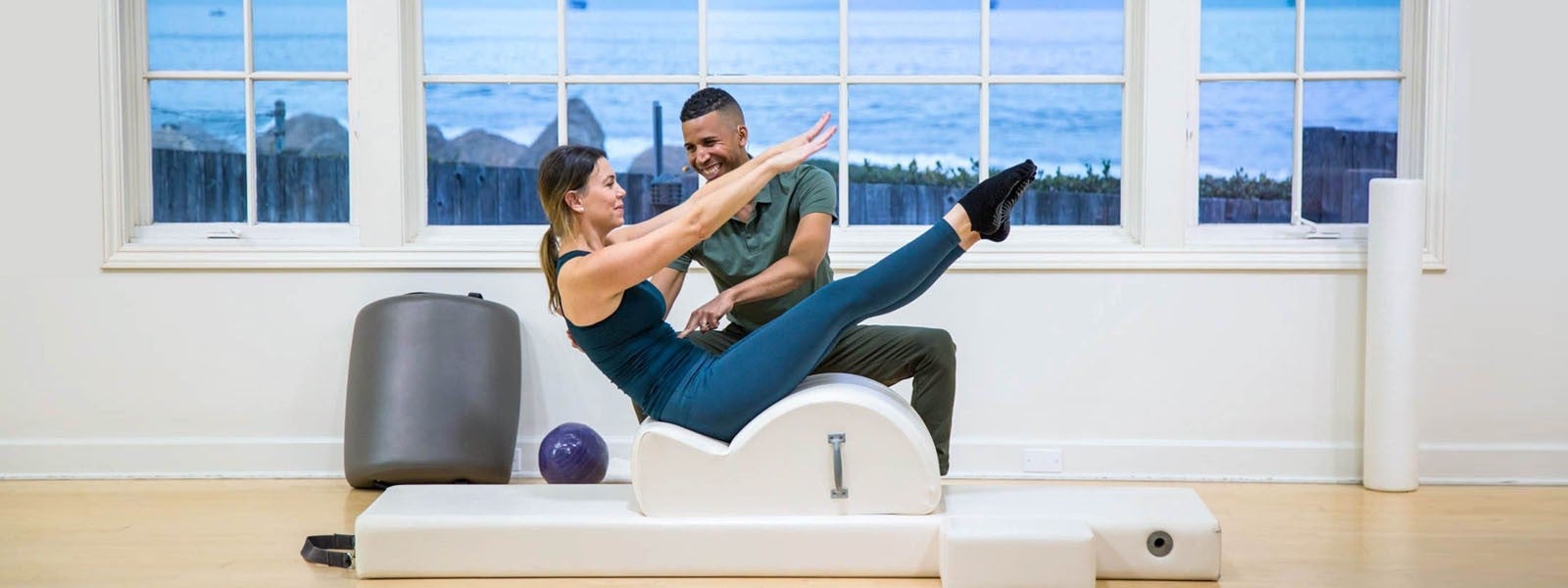
Part Two of Our "State of the Pilates Industry" Survey: Instructors
The first part of our report on our findings from more than 1500 responses looked at the experience of Pilates students and enthusiasts. A future article will examine the changed landscape for studio owners. In this piece, we discuss the experiences of Pilates instructors, both independent and those who worked for a studio or fitness facility.
Who Responded to Our Survey?
Of our more than 1500 respondents, 691 (40%) identified themselves as Pilates teachers. Approximately 40 percent of these instructors had been teaching for more than ten years, with the rest having taught for one to five years (31%), five to ten years (22%), or under one year (8%).
The most common form of teaching was group classes (88%), followed by private sessions (80%), duets/semi-private sessions (60%). Interestingly, fewer than 10 percent of respondents said they taught online. One fifth of respondents taught Mat classes only.
Twenty-four percent of instructors taught ten hours (ten sessions or classes) per week, with another 22 percent teaching five hours or less, fifteen hours (18%), and 20 hours (15%). Only ten percent reported teaching 25 hours per week, with another ten percent teaching 30 hours (6%) or 35 hours (4%).
Fewer Places to Work and Teach
Walk down any Main Street or High Street in any city in the world and you’ll see “For Lease” signs, evidence of how the pandemic affected small businesses. Pilates studios were not immune. When Covid hit, 29 percent of our instructor respondents said they stopped teaching, with another 61 percent pivoting to teaching virtually. Only 10 percent said they continued in-person teaching.
Mid-pandemic, the soaring popularity of Zoom for everything from school to happy hours to the performing arts applied to practicing Pilates, too. Instructors reported that almost half of their students (46%) transitioned to virtual sessions of some kind. A whopping 92 percent of our respondents reported teaching via Zoom. They also taught via FaceTime (16%) and Facebook Live (8%), among other digital platforms. This is impressive because we suspect that most of these instructors had little or no experience using the technology or teaching online prior to March of 2020. Of those who taught online, three-quarters taught live classes, with a much smaller number (4%) teaching on-demand classes. Another 20 percent offered both live and on-demand classes.
Both the speed with which instructors gravitated to Zoom and the industry-wide adoption of the platform by instructors and students likely made a huge difference to the profession remaining viable during the pandemic. A majority (64%) of Pilates studios were forced to close and then reopened (possibly with limited capacity or other Covid-related restrictions), with six percent permanently closing. More than 11 percent of studios remained open throughout the pandemic, reflecting the patchwork quilt of restrictions in place across the United States (where most of our respondents live and work).
Teaching Fewer Hours During Covid
As was true for workers in other industries that rely on in-person contact, Pilates instructors saw their teaching hours decline. In our survey, 63 percent of respondents worked fewer hours, while 20 percent taught about the same amount. Only 14 percent saw their hours grow during Covid, perhaps due to their early adoption of online teaching.
Slightly more than half (52%) of respondents said their teaching rate stayed the same throughout the pandemic, while nearly 40 percent charged less, perhaps due to the perception early on that Zoom instruction either wasn’t as high-value as-person teaching or because the classes were limited to Mat only since most clients don’t have Reformers at home. (Incidentally, this last statistic is likely to change as more and more people buy Reformers for personal use, which we reported on in our last blog post.) Only nine percent of instructors reported charging more during this time.
The result of teaching fewer hours at the same or a reduced hourly rate meant that nearly 68 percent of instructors saw their teaching income decrease during the pandemic, with only 17 percent saying their incomes stayed the same. Surprisingly, 16 percent of respondents reported earning more income during Covid. It’s likely that these higher-earning instructors were those who were able to pivot to Zoom and tailor their teaching to this new medium. We’ve met instructors who actually had their best years in terms of income and work-life balance thanks to their early and successful adoption of teaching over Zoom or other online platforms.
Staying Inspired
With conferences and in-person continuing education seminars off the table because of the pandemic, we wondered where Pilates instructors would find inspiration and continuing education resources during the pandemic. The most popular responses were online subscription services (68%), followed by social media (48%), national and international Pilates associations (37%), YouTube (33%), and blogs (14%).
When asked if the pandemic changed their outlook on their choice of career, nearly half our respondents who were instructors said it made no difference. Thirty-five percent reported that it made teaching Pilates more alluring and valuable, perhaps due to the increased awareness of the importance of physical and mental resilience during a global pandemic. Sixteen percent said the pandemic made teaching Pilates less alluring, probably because Covid made it harder, at least at the start, to earn a living.
Echoing what we saw in our responses from Pilates practitioners, two thirds of our instructor respondents plan to continue teaching using a “hybrid model” of both online and in-person instruction. Twenty-five percent plan to return to the old model of in-person only, with only three percent choosing online only. Six percent said they were not sure. The availability of vaccines for Covid did not appear to be a significant factor in where or how instructors planned to continue to teach, with more than half reporting that it would not make a difference in their plans. Another quarter said that the vaccine would influence their plans. It’s also important to note that this survey was conducted prior to the emergence of the highly contagious Delta variant.
Looking Ahead
In a future blog post, we’ll look specifically at how Covid-19 has changed the business model of owning a Pilates studio, as well as share some observations and predictions about the future of the Pilates industry gleaned from a recent Pilates Report with Gia Calhoun and John Marston of Pilates Anytime.
We’d love to hear more about your experiences teaching through the pandemic. Let us know how you are faring in the comments section below.
Comments
No comments yet. Be the first!

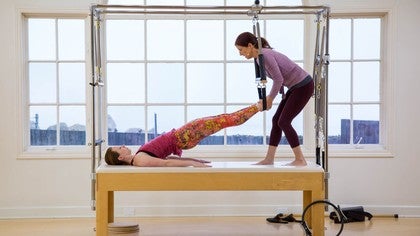
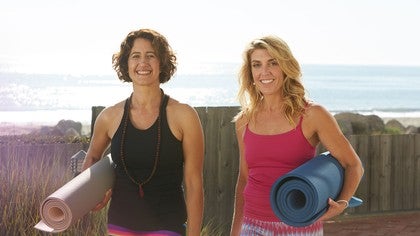
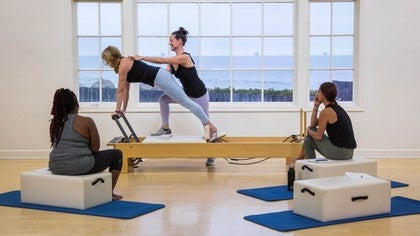
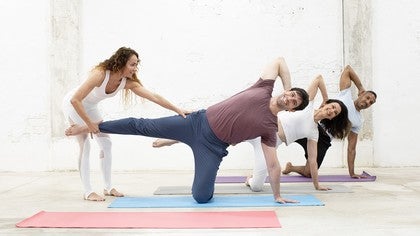

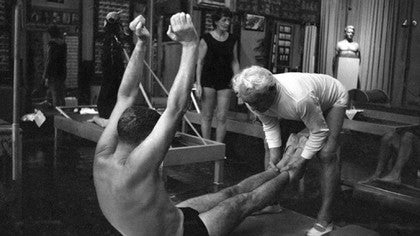
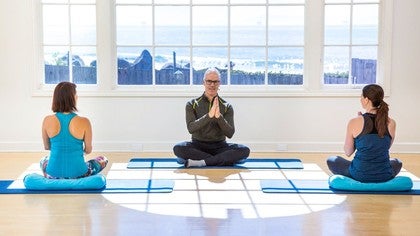
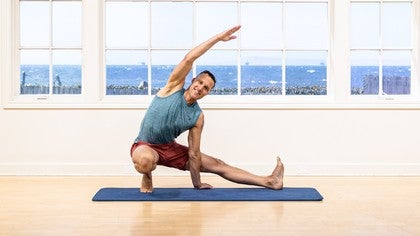
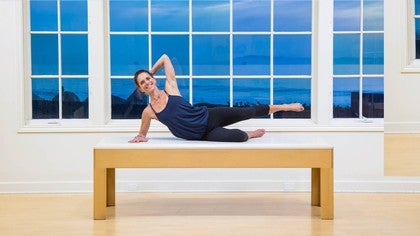
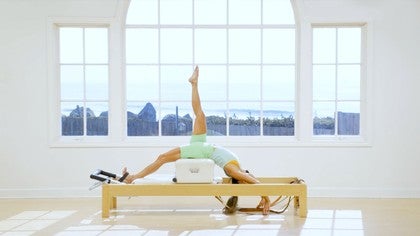


You need to be a subscriber to post a comment.
Please Log In or Create an Account to start your free trial.